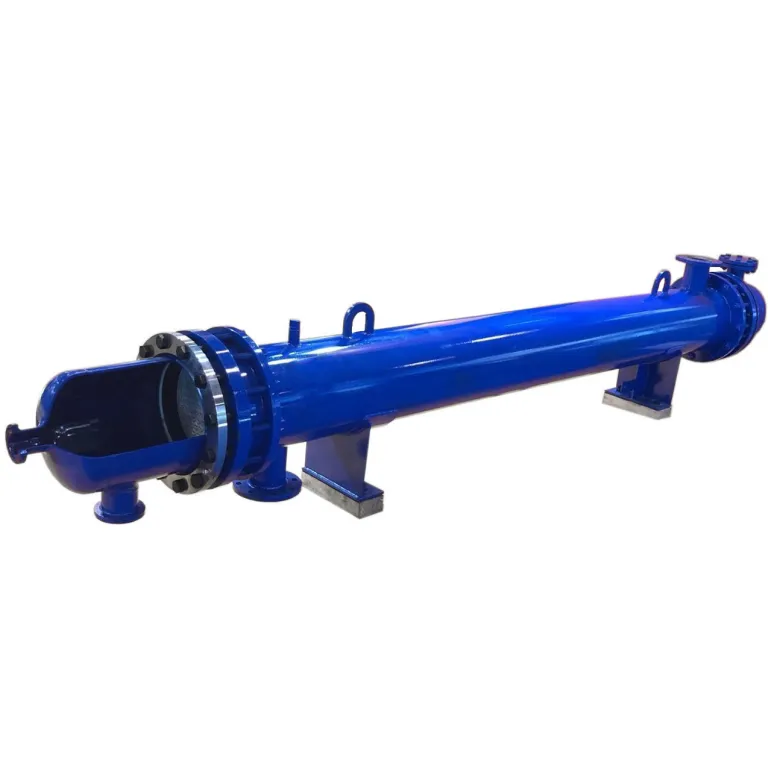An Overview of Common Materials Used in Crystallizer Tank Construction
Crystallizer tanks are specialized vessels used in various industries to crystallize substances from solutions, melts, or vapors. The construction of these tanks requires careful consideration of the materials used, as they must withstand the corrosive and abrasive nature of the crystallizer machine process. In this article, we will provide an overview of common materials used in crystallizer tank construction and their properties.
Stainless Steel: A Popular Choice
Stainless steel is a popular choice for crystallizer tank construction due to its corrosion-resistant properties and durability. There are several types of stainless steel alloys used in crystallizer tank construction, including 304, 316, and 317. These alloys offer excellent resistance to corrosion and can withstand the high temperatures and pressures involved in the crystallization process. Additionally, stainless steel is easy to clean and maintain, making it an ideal choice for industries that require high levels of sanitation.
Carbon Steel: A Cost-Effective Option
Carbon steel is a cost-effective option for crystallizer tank construction, particularly for smaller-scale operations. Carbon steel is a durable material that can withstand the rigors of the crystallization process, but it may require additional coatings or linings to protect against corrosion. Carbon steel is also prone to rust, which can compromise the integrity of the tank. However, with proper maintenance and coating, carbon steel can be a viable option for crystallizer tank construction.
Fiberglass-Reinforced Polymer (FRP): A Corrosion-Resistant Option
Fiberglass-reinforced polymer (FRP) is a corrosion-resistant material that is commonly used in crystallizer tank construction. FRP is a composite material made from fiberglass and a polymer resin, which provides excellent resistance to corrosion and abrasion. FRP is also lightweight and easy to install, making it an ideal choice for industries that require rapid deployment. Additionally, FRP is resistant to fatigue and can withstand the high temperatures and pressures involved in the crystallization process.
Titanium: A High-Performance Option
Titanium is a high-performance material that is used in crystallizer tank construction for its exceptional corrosion resistance and strength. Titanium is a lightweight metal that is highly resistant to corrosion, even in the presence of aggressive chemicals. Titanium is also non-toxic and non-reactive, making it an ideal choice for industries that require high levels of purity. However, titanium is a expensive material, which can limit its use in crystallizer tank construction.

Ceramic: A Wear-Resistant Option
Ceramic is a wear-resistant material that is used in crystallizer tank construction for its exceptional durability and resistance to abrasion. Ceramic is a non-metallic material that is highly resistant to corrosion and can withstand the high temperatures and pressures involved in the crystallization process. Ceramic is also non-toxic and non-reactive, making it an ideal choice for industries that require high levels of purity. However, ceramic is a brittle material that can be prone to cracking and breakage.
Glass-Lined Steel: A Corrosion-Resistant Option
Glass-lined steel is a corrosion-resistant material that is used in crystallizer tank construction for its exceptional durability and resistance to corrosion. Glass-lined steel is a composite material made from a steel substrate and a glass lining, which provides excellent resistance to corrosion and abrasion. Glass-lined steel is also non-toxic and non-reactive, making it an ideal choice for industries that require high levels of purity. However, glass-lined steel can be prone to thermal shock and may require additional coatings or linings to protect against corrosion.
Conclusion
In conclusion, the choice of material for crystallizer tank construction depends on several factors, including the type of crystallization process, the operating conditions, and the required level of purity. Stainless steel, carbon steel, FRP, titanium, ceramic, and glass-lined steel are common materials used in crystallizer tank construction, each with its own unique properties and advantages. By selecting the right material for the application, manufacturers can ensure the durability and performance of their crystallizer tanks and optimize their crystallization processes.